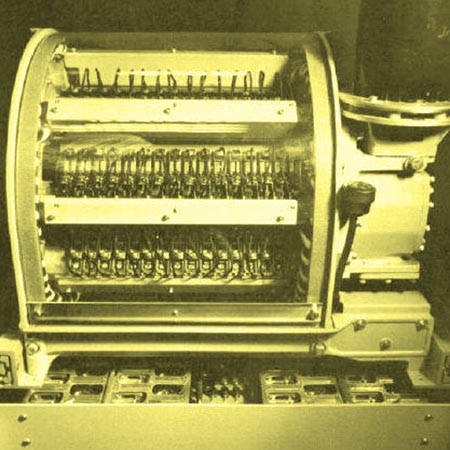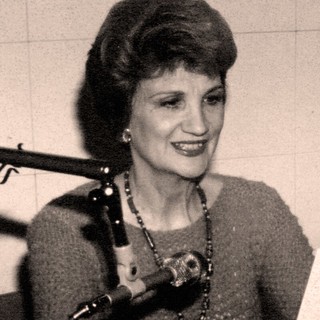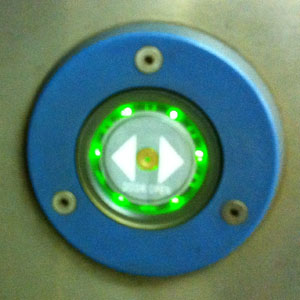There are many ways to dial wrong numbers. If just the first few digits dialed are invalid, a caller typically receives a “Vacant Code” recording. However, if a caller dials a complete phone number that might previously have belonged to someone, Intercept Service is used to inform the caller about the change.
Operator Intercept Service
The job of an Intercept Operator was to give callers information about specific telephone numbers that had been disconnected or changed. Operator Intercept Service was fairly labor intensive because live operators had to answer and say, “What number’d ‘ja dial?” The operator would manually look up the status of the number and report back to the caller what the new number was, or whatever the case may have been.
Machine Intercept Service
Often, the Phone Company would play a generic recording telling callers the number was not in service. Sometimes this was used in addition to Operator Intercept. A Machine Intercept Recording might play first and then (if the caller didn’t hang up) an Intercept Operator would answer. Other times, only the generic announcement would play and no operator would intervene to help the caller.
Automatic Intercept System
A few early attempts were made at automating the process, but they still required operators to interrogate callers for dialed numbers, and the automated voices sounded crude and mechanical. All that changed when Jane Barbe’s phabulous new Automatic Intercept System (AIS) was placed into service in Hempstead, New York. Nothing before ever sounded as good, and I don’t think anything since ever sounded any better!

The original AIS used a 96-channel, continuously rotating, magnetic drum announcement machine made by the Audichron Company. Every phrase was exactly 1.5 seconds long, and every digit was exactly 0.5 seconds long; and they were all constantly playing in synchrony 24 hours a day. By piecing together the right phrases in the correct order, the AIS could automatically play a customized announcement for each specific number dialed.
To switch callers onto the correct phrases, the AIS used an electronically controlled, Pulse Amplitude Modulation switching system designed by Bell Laboratories and manufactured by Western Electric. Though achieved through Time Division Multiplexing, this type of switching was still not digital; all audio signals remained as analog waveforms, but it allowed for instant and silent switching to and from any of the 96 announcement channels.
The central computers controlling the AIS ran the UNIX operating system. UNIX was invented by Bell Laboratories and is the ancestor of modern operating systems including OS X and GNU/Linux.
Without question, the star of AIS was the incomparable Jane Barbe; her voice was nothing short of magical! Jane majored in Dramatics at the University of Georgia and also was an accomplished singer. Jane’s supreme talent though, was her speaking voice. It had a warmth and charm that transcended regional accents and bad phone connections. Whatever she said; even if it was bad news; made you feel good. Jane did many phone recordings besides AIS, and is also very famous for her “Time of Day” announcements heard in cities ’round the globe.

96 Tracks of Jane
Jane recorded every digit (0 through 9) with a neutral inflection and also with a falling inflection; enabling phone numbers to be “spoken” by the AIS in a more natural manner; this used 20 tracks. About two dozen tracks were for the standard phrases like “The number you have reached” and “Has been disconnected”. A couple of tracks just played Ringback and Reorder tones. The remaining 48 tracks were for area codes and custom place names like “In Central New Jersey” or “In New York City”. (unfortunately though, the custom names were seldom used because they were difficult to administer)
I don’t have 96 tracks of Jane’s AIS on SoundCloud (yet), but all the essential numbers and phrases are here for you to play with:
(the mini players below can be played concurrently – click here for the full-size players with artwork and download buttons)
Opening Lines
Numbers – Neutral Inflection
Numbers – Falling Inflection
Status Phrases
Closing Remarks
Area Codes and Custom Place Names

